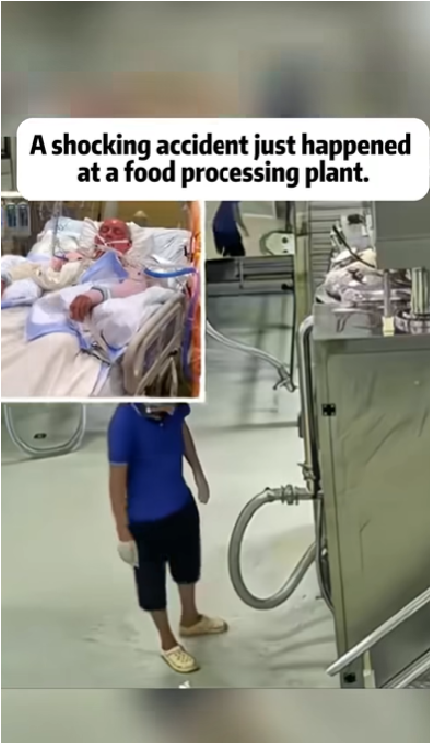Facilities involved in food production are vital to everyday life, supplying the packaged goods and ready-made meals many of us consume regularly. However, beyond the surface, these workplaces can present significant risks, sometimes resulting in serious harm or even loss of life.
Common Dangers in Food Manufacturing Environments
The nature of food processing often requires the use of industrial machines, chemical agents, and high-pressure systems—all of which can pose major risks to employee safety. Some frequent threats include:
- Equipment-related incidents: Without proper safety procedures, workers may become entangled in machines like slicers, conveyors, or grinders.
- Chemical hazards: Exposure to substances such as industrial cleaners or super-cooled agents like liquid nitrogen can lead to burns or breathing difficulties.
- Slips and falls: Wet or cluttered floors and the quick pace of operations increase the likelihood of falling injuries.
- Repetitive strain injuries: Tasks requiring repetitive movements or extended shifts can lead to chronic physical strain or joint issues.
Real-World Examples of Serious Accidents
Though often overlooked in public reporting, injuries in food processing facilities occur more often than one might think. In some cases, workers have experienced severe outcomes such as amputations, chemical burns, or being crushed by equipment.
One particularly tragic case involved a fatal accident caused by a failure in a cleaning system. Events like this highlight the urgent need for robust safety standards and continuous employee education.
Steps Toward Safer Work Environments
In recent years, many companies in the food production sector have taken proactive measures, such as:
- Upgrading machinery with better protective barriers
- Offering frequent training on workplace safety
- Enforcing strict protocols for handling dangerous chemicals
- Improving emergency preparedness and response procedures
Despite progress, the risk of injury remains, making constant review and improvement of safety practices essential.
Final Thoughts
While food manufacturing plants are a key component of the global supply chain, the risks faced by the workforce are considerable. Building awareness, following strict safety standards, and investing in modern safety technology are all critical to ensuring the well-being of those who help feed the world.




